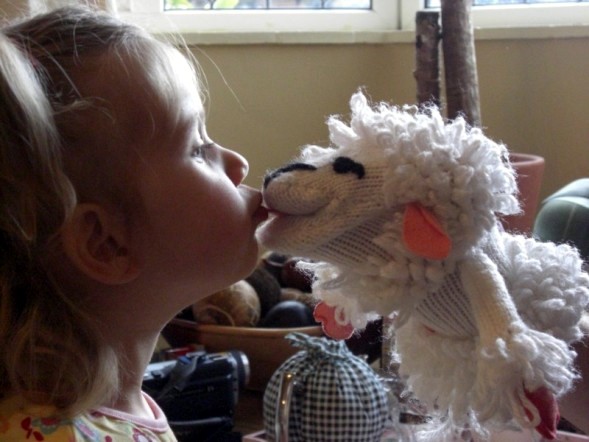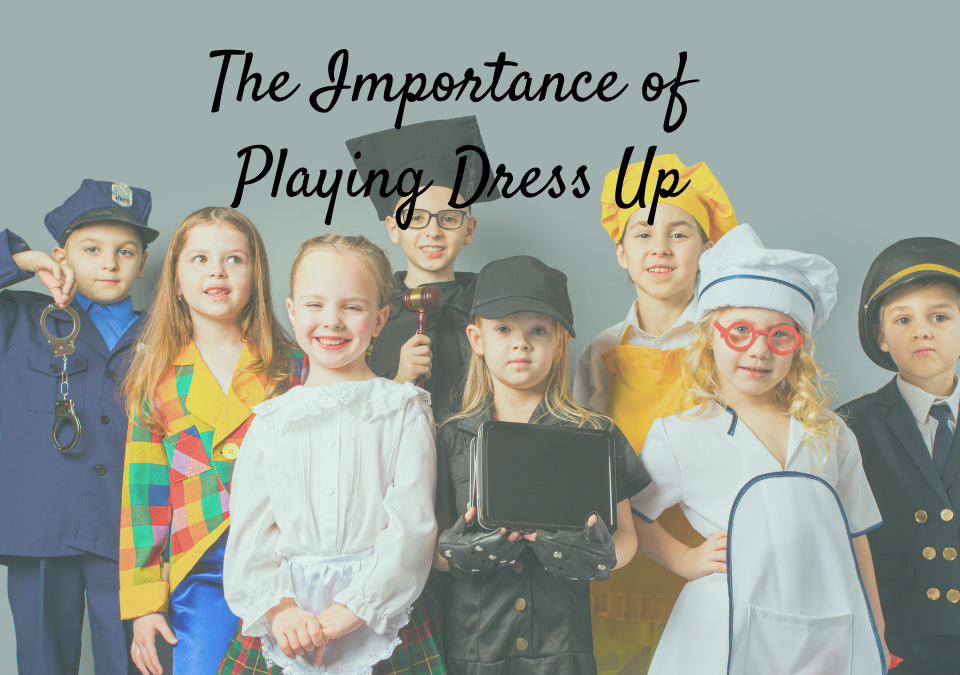
Blossom branch

Christmas Cinnamon Ornaments

Developing your child’s Imagination and therefore their Imaginative play ability is easier than you think. Young children should be provided with opportunities to explore and share their ideas, feelings and thoughts through a variety of activities. Below are some age appropriate activities to help you stimulate your baby or toddler’s imagination.
WHAT CAN PARENTS DO TO HELP DEVELOP IMAGINATION AND IMAGINATIVE PLAY?
Table of Contents
Age 0-12 months
- What to expect: Your baby will enjoy playing games which involve hiding objects and making them reappear, peekaboo and exploring characteristics familiar toys and objects.
- What to do: Provide a variety of familiar toys or playthings. Choose those your baby is most interested in looking at-it may take some time for you to create a “imaginative play box” as you try to entice your little one with various objects, but the treasure trove you are creating will encourage your baby to listen, touch, grasp and squeeze. Try adding unusual items such as beaded necklaces, plastic lids, bath sponges, toothbrushes, bits of fabric, crackly plastic and empty drink bottles containing rice or beans. (always supervise your baby when playing with toys)
Age 12-24 months
- What to expect: Your baby is becoming aware of body language and tone. They are beginning to pretend that one object represents another-especially if they have similar characteristics.
- What to do: Use exaggerated facial expression and play along when your child suddenly decides that a toy block is a telephone. Make sure you provide objects reflecting everyday life: fabric shopping bags, washing/ cleaning materials, telephones etc.
Age 24-36 months
- What to expect: Your toddler will now be able to engage in role-play. Taking on a role and acting it out. They may begin to be the teacher or parent and assume the body language and voice tone of the adult they are imitating.
- What to do: now is the time to provide dressing up clothes and to add to the variety of objects-extending them to less routine ones. You could add Space/ Sea/ Farm etc items as their experience of the outside world grows.
Age 36-48 months
- What to expect: By this age your child will be well into imitating the adults in his environment. This involves carrying out whole meaningful chunks of play associated to the activity they are role-playing. For example: they may pretend to be the teacher giving a lesson, and will assemble soft toys, set the props and place themselves in the teacher’s seat all the while talking to their “pupils”
- What to do: Use storytime to extend children’s awareness of thier world. Use books to take them into imaginary places or scenarios as these will enrich their knowledge and provide ideas they may not have otherwise had access to. Use stories as the basis for sicussing imaginary events. For example; after reading about Paddington bear, use a teddy prop and pin the note Please Look After this Bear on. Discuss with the children how they might look after this bear and let them carry out the actions they think of.
Age 48-60 months
- What to expect: at this age children will begin to include others in their imaginative play. They will use narrative or create their own storyline.
- What to do: Aid children’s ability to create the scene through narrative by using more emotive language and descriptive words. For example: he shuffled along, her tail went splish splash as she swam off…etc. Make use of indoor and out as settings for imaginative play. Provide appropriate items for the various settings to encourage roll playing.
By school age they:
- will have a clearer understanding of what’s real and what’s pretend
- will have a rich imagination and enjoy pretend play.
Your child is now able to dream up detailed situations and invent amazing ‘machines’. She probably still loves to retreat into the world of imagination and you can encourage this flourishing imagination by helping her write stories, make plays and act them out and paint pictures.
Research reveals that children cannot resist being creative if they are given the chance for unstructured, open-ended play and the time and space to explore. The time spent playing dress-ups and performing puppet plays helps your child learn to solve problems through creative thinking.
Point to ponder: Your child is more likely to explore the world of creativity and imagination if limits are placed on time spent in front of a television or computer.
Other Ideas to encourage imaginative and creative play
You can enhance your child’s imagination and creativity through play by:
- telling stories and reading books together
- keeping a craft box of paints, pencils, paste, scrap paper and other materials that your child can plunder when looking for stimulation. if you don’t ahve a designated box, put out some items everyday and make sure you change it regularly as different items will inspire your child in different ways.
- play word games, including silly rhymes and riddles and sing songs.
- building cubby houses with cardboard boxes or other household odds and ends
- listening to music and dancing together
- playing dress-up
- playing with musical instruments
- watching children’s fantasy movies
- providing new experiences, such as trips to the zoo or museum, visiting friends, and walks in nature or along the beach.

I am a preschool and primary school teacher and mum to 3 children. I have been involved in education since 1997 and have trained in a variety of educational specialist areas. It is with this expertise that I write articles to help parents and educators provide quality learning experiences for the children in their care.




